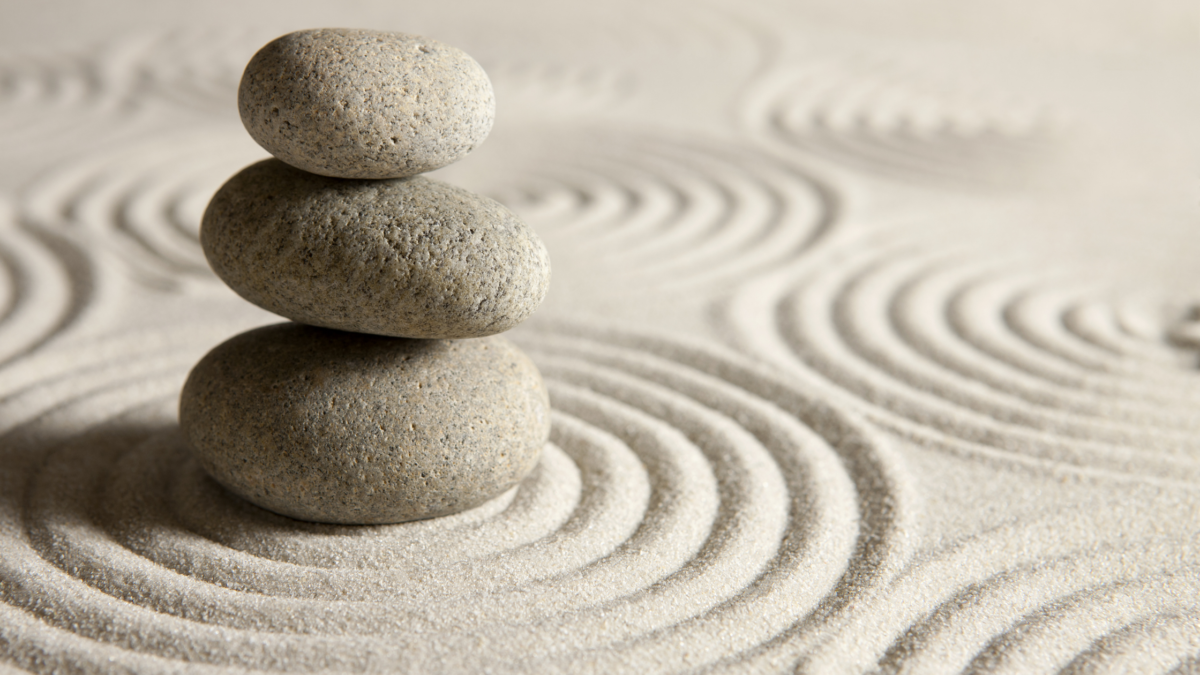I recently had the pleasure of joining Kate Hanley on her podcast How to be a Better Person to chat about how to stop self-sabotaging and bringing balance back into your life.
Oftentimes, things we do to try to calm ourselves down actually only make our stress WORSE. That’s because what we need in times of duress isn’t what we’ve always done, it’s more likely to be what we don’t usually do, probably because we don’t like it. And by embracing these things we don’t do that brings us back into BALANCE.
Kate: Before we dive in to how we can balance ourselves out when we’re stressed, can you explain the five archetypes a little bit? They’re based on the five elements of Traditional Chinese Medicine, yes?
Carey: Absolutely. So these five archetypes help us understand our interactive styles. How we interact with our internal stress and how we interact with our external environment. The folks we hang out with a lot now that were in lockdown with them. The five are fire earth, metal, water, and wood. Fire people are the eternal optimists. Earth people are nurturers caregivers. They are empathetic leaders. Metal people create beauty in the world. They’re architects, designers, they’re meticulous water people are philosophers. They’re excellent listeners and problem solvers. And they’re very introspective. And wood people are trailblazers. They seek challenges and they perform really well under pressure.
Kate: Excellent. Oh, I love thinking about this in a different way. To me, it’s sort of like astrology meets traditional Chinese medicine. And so while we all have a primary archetype though, this is where it kind of, we get away from astrology a little bit where you are, what you are, you always are. We all have a primary archetype, but we actually need to embrace the properties of the other archetypes to bring us back into balance. Is that right?
Carey: Absolutely. This is a system where in a sense, you’re typing, right? Like you said in astrology. But you’re only typing your interactive style. How do I interact with stress? So as soon as you understand what stress states and strength states look like for you, you can actually begin to use the other archetypal behaviors to become more resilient in the face of stress.
So yes, we, when we understand that we tend to always do a certain thing when we feel stressed. When we realize that that’s actually the thing that gets us stuck in our stress states more, we can use the five archetypes to identify the other behaviors of the other archetypes that pull us out of those stress states. And they’re not natural to us.
Kate: I think that’s so interesting because when you’re stressed, it’s really hard to think clearly, right? So you kind of default to what you can do without thinking too much, but this is like engaged asking us to engage our brain. And it’s sort of a different way that it’s going to give us a better result, which is super exciting to me.
So what’s a takeaway that we can use to start thinking differently about what we can do to bring ourselves back into balance?
Carey: Well, I would say the biggest thing that I start with with people is to be more self aware. Can you pause when you feel stress? Can you pause and just sit with the discomfort for a second. Because when you’re in that moment, that’s when you can really identify what you tend to always do or always think that actually gets you stuck in those patterns. That self-awareness in that moment, when you can either become panicky and try to fix the problem really fast and put that bandaid on the pain.
Or can you sit back and use that discomfort, that challenge, that stress moment as an invitation to explore what’s going on. Like take a step back, take a breath and just listen to yourself, listen to the situation. What are your thoughts telling you? And then those are that’s where you find those little nuggets that make you more aware of your repetitive self destructive thoughts and behaviors. And then give yourself a chance to do something different.
Kate: I love that so much. Something that I say a ton on the podcast and when I’m working with clients and even to myself is you can’t change a habit that you don’t know you have have you really. You need that awareness piece or else you’re just flying blind. Can you let us know how we can go get more info? Like could we find out what archetype we are, for example?
Carey: You totally can. I have this amazing quiz. You can find it at fivearchetypes.com. And it takes about 10 minutes and you can find out what your primary is, what your secondary is, what your lowest one is. And what I think is fascinating is that when you understand your highest, you certainly know a lot about yourself and it’s great. But what’s really cool that I think people don’t realize is when you understand your lowest, you can really dig into those behaviors that you can’t easily tolerate. That are the ones that will save you and keep you from going into your stress states.

